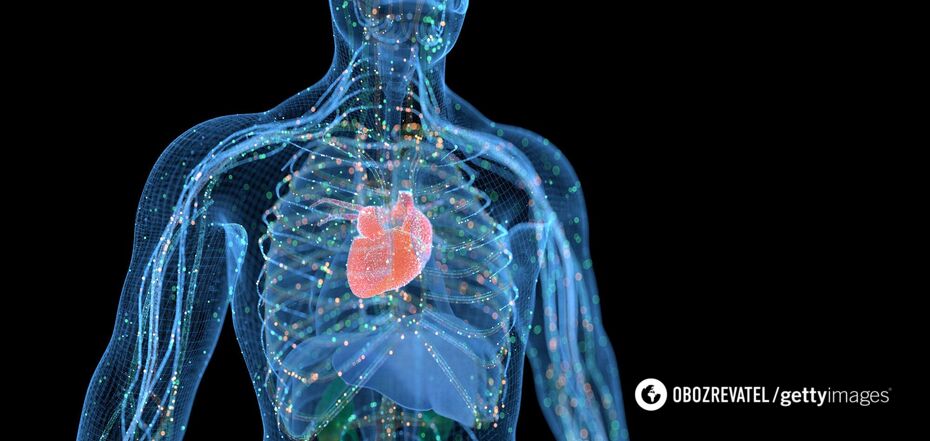News
Scientists have developed 3D printing technology inside human body: how it works
Researchers from Duke University and Harvard Medical School (both in the US) have developed a new 3D printing method that allows them to create things directly inside the human body. They created an injectable biocompatible ink that responds to ultrasonic waves.
The authors described their development in an article for the scientific journal Science. The research is based on photosensitive ink that hardens when exposed to light. This technology allows scientists to slowly create complex biomedical structures.
However, since light cannot penetrate the skin, scientists had to find another way to influence the ink. It turned out that sound waves, which can penetrate tissues deeper than light, could do the job.
This is how the process was developed, which is called "deep-penetrating acoustic volume printing (DVAP)". The development is currently at the conceptual stage, but it may allow scientists to restore bones or even fix faulty heart valves in the future. There will be no need for complex invasive surgeries.
"DVAP relies on the sono-thermal effect that occurs when sound waves are absorbed and raise the temperature to solidify our ink," explained Junjie Yao, a co-author of the study and an associate professor of biomedical engineering at Duke University.
He said that ultrasonic waves can penetrate more than 100 times deeper into human tissue than light. At the same time, it is still possible to affect specific areas of the body. In this way, it is possible to "reach tissues, bones, and organs with high spatial accuracy that were unattainable with light-based printing methods."
After the biocompatible sono-ink reaches the target area, a specially designed ultrasound probe will cause it to solidify in the desired location, creating the complex structure required by doctors.
"The ink itself is a viscous liquid, so it can be injected into the target area quite easily, and when you move the ultrasonic printing probe, the materials in the ink bond together and solidify," said co-author and bioengineer Yu Shrike Zhang.
According to him, it will be very easy to remove the remaining ink that does not harden with a syringe.
The article also states that scientists have found ways to create new versions of their sono-ink that can create not only strong bone-like skeletons but also soft and flexible heart valves.
During the study, a series of three tests were conducted, in which a special structure to seal an area in the goat's heart and stop the accumulation of blood inside the organ was grown. The artificial tissue hardened and safely grafted to the heart tissue without any complications.
Scientists also managed to solve the problem of a bone defect inside a chicken leg.
They also created a special hydrogel with sono-ink that can slowly release a chemotherapy drug inside the liver.
The researchers warn that their development is currently in a relatively early stage and it is difficult to say whether this technology can work on humans.
Earlier, OBOZ.UA reported that scientists have learned how to restart the brain and speed up people's learning.
Subscribe to OBOZ.UA on Telegram and Viber to keep up with the latest news.



























